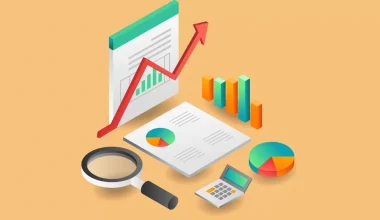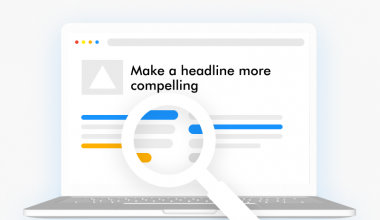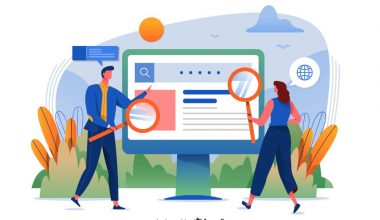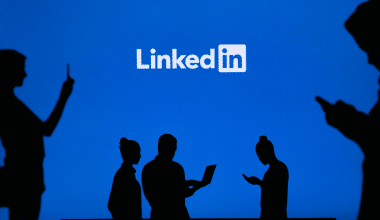In my early days of managing social media for my company, I was frequently puzzled about the optimal time to post to maximize engagement. I saw that occasionally our postings received a lot of likes and shares, while others seemed to fall flat. It wasn’t until I started looking into the data and experimented with different times that I discovered some unexpected findings. In this article, I’ll discuss the most effective social media time to boost content for maximum reach. Let’s look at the tactics and times that can help you increase exposure and engagement.
Understanding Social Media Algorithms
Social media networks utilize complex algorithms to decide which content shows up in consumers’ feeds. These algorithms take into account a variety of parameters, including publishing times, engagement rates, and user relevancy. Understanding these algorithms is critical for increasing your content’s reach.
When I first began posting on social media, I followed a set schedule: mornings, middays, and evenings. However, engagement was inconsistent. After examining the performance data and testing at various times, I noticed unique patterns that greatly increased our reach.
When is the Most Effective Time To Boost Content on Social Media?
While much ink has been spilled on the optimum time to post on social media, you don’t have to worry about it as much when it comes to social media boosting. When you boost content, platforms show it to more users for the length of the campaign. To maximize visibility and interaction, boost your content during high engagement hours.
Several studies have examined social media usage trends to discover the optimal times for publishing. Understanding these tendencies can help you increase your content’s reach and engagement. Here are a few major findings:
#1. Facebook
Facebook is one of the most popular social media networks, making it critical to identify the best times to post.
- Best Time: Weekdays, particularly Wednesdays at 11 a.m. and 1-2 p.m.
According to studies, the best times to post on Facebook are midweek and midday. This is most likely due to people taking breaks from work and being more likely to check their social media feeds at these times.
According to Sprout Social, posts are published on Wednesday at 11 a.m. and between 1 and 2 p.m. having the highest engagement rates. Engagement decreases dramatically after 3 p.m., showing that early posts are more effective.
#2. Instagram
Instagram’s visually rich platform necessitates a distinct approach to time, with a focus on when users are most active.
- Best Time: Weekdays, especially Wednesdays at 11 a.m. and Fridays from 10 to 11 a.m.
Instagram engagement often peaks during lunchtime and slightly later in the day. The middle and end of the workweek are particularly effective times.
According to Later.com, these are the peak hours for Instagram interaction, indicating that users are more active during breaks and before the weekend.
#3. Twitter
In Twitter’s fast-paced atmosphere, timing your tweets appropriately is critical for visibility.
- Best Time: Weekdays, particularly Wednesdays and Fridays at 9 a.m.
Twitter users are most active in the early morning, perhaps checking their accounts as they begin their day. Posting during these times allows your tweets to reach a larger audience.
According to HubSpot data, tweets were posted at 9 a.m. Wednesdays and Fridays are the busiest days for engagement, as people catch up on news and updates before starting their day.
#4. LinkedIn
LinkedIn is a professional networking platform, and the best posting hours coincide with the workday.
- Best Time: Tuesday through Thursday, between 8 and 10 a.m. And 12 p.m.
LinkedIn users frequently engage with content throughout their morning and lunch breaks, making these times excellent for publishing. The ideal days are Tuesday through Thursday, which avoids the slow engagement of Mondays and Fridays.
LinkedIn recommends these times to maximize visibility among professionals, who are more likely to visit LinkedIn during the workday than on weekends.
#5. Pinterest
Pinterest users frequently engage with content during their free time, making weekends especially effective.
- Best Time: Saturdays, from 8 to 11 p.m.
Pinterest activity peaks on weekends, particularly in the evenings, when users have more time to browse and pin content.
CoSchedule states that pins are put on Saturdays between 8 and 11 p.m. to perform the best, as this corresponds to the times when people are most likely to relax and engage with creative content.
While these fundamental recommendations are a fantastic starting point, you should explore and examine your own data. Every audience is unique, so what works for one brand may not work for another.
I once submitted an important update on Facebook at 10 a.m. On a Monday, we anticipate considerable engagement based on general guidance. However, the post did not do well. After experimenting, I discovered that my readership was most active at 7 p.m. This modification in strategy resulted in a considerable boost in engagement and reach.
Using Analytic Tools To Determine The Most Effective Time To Boost Social Media Content
Use analytics tools to monitor the performance of your content. Tools such as Facebook Insights, Twitter Analytics, and Instagram Insights provide useful information on when your audience is most active and engaged.
Tailoring Your Content to Different Times
Different times may require different types of content. For example, fast updates and promotional posts may perform best during peak hours, whereas more in-depth articles and videos may do better during off-peak hours when people have more time to engage.
I discovered that posting infographics and fast recommendations during lunch hours resulted in more likes and shares, whereas longer blog entries worked better in the evenings when my target audience had more time to read.
Best Practices For Boosting Your Content on Social Media
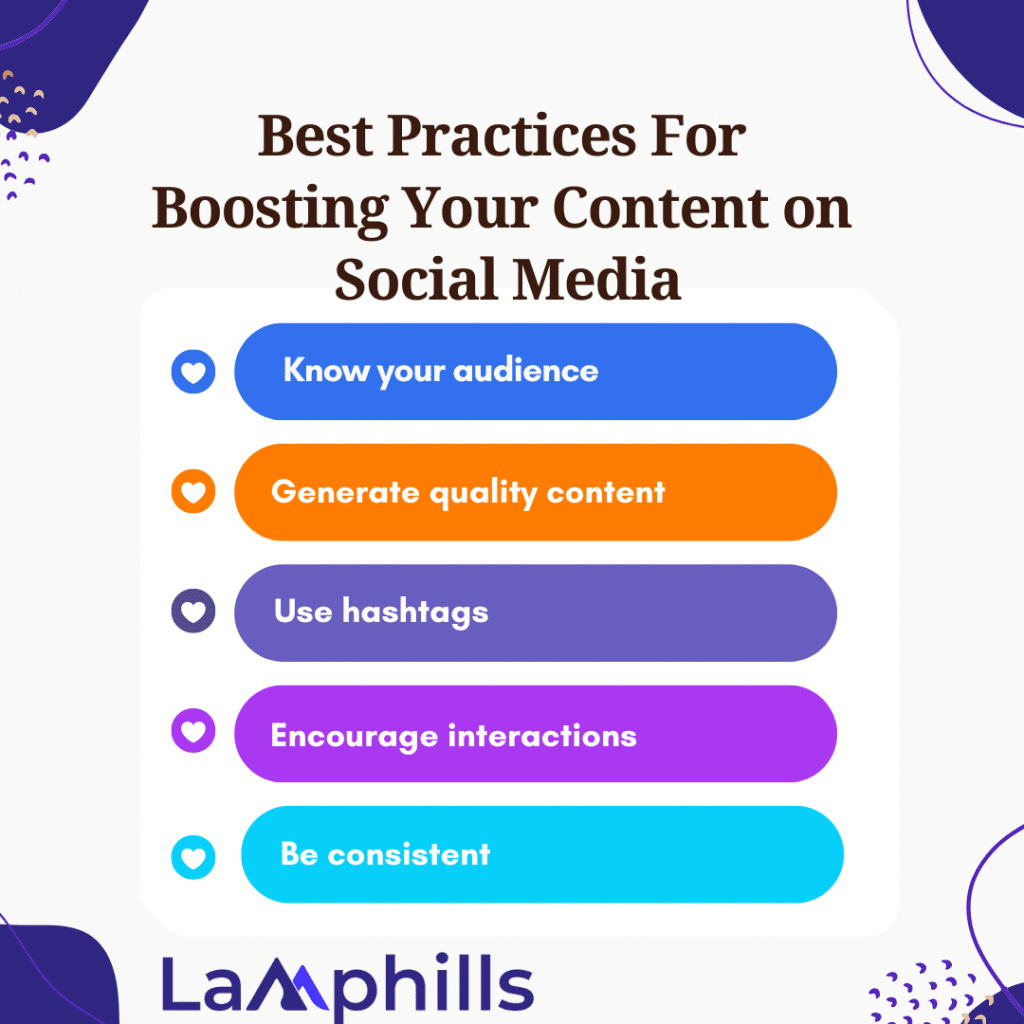
Here are some general best practices to help you get the most out of your social media boost. Here’s how to boost social media engagement so you can achieve your goals faster, regardless of the content you’re posting.
#1. Know your audience
Understanding your target audience’s tastes is critical in choosing the type of content that will appeal to them and increase engagement. Conduct market research, evaluate consumer data, and use social listening techniques to learn about your target audience’s requirements, interests, and behaviors. Your efforts to boost content on social media will be more successful the more you understand your audience.
#2. Generate quality content
If you want to increase engagement from your audience on social media, you must provide high-quality, entertaining content. Create dynamic content that engages with your audience by combining original thoughts, eye-catching pictures, and intriguing prose. Boosting social media postings becomes a lot easier when the content shines.
#3. Use hashtags
Hashtags remain an effective technique to reach a larger, more targeted audience and enhance awareness on social media. Use relevant, popular, and industry-specific hashtags to help people discover your content and extend the reach of your social media promotions.
#4. Encourage interactions
Encourage your audience to interact with your content by asking questions, hosting contests and promotions, and responding to comments, messages, and even bad reviews in a fast and customized manner. This can help establish a deep connection with audiences, resulting in better levels of engagement.
#5. Be consistent
Consistency is essential for success on social media. So, create a content plan, schedule posts in advance, and stick to a consistent posting schedule to keep your audience engaged and invested in your business.
Whether or not you boost social media postings, posting and interacting with your audience regularly keeps your brand top of mind and generates a devoted following over time. Social media management software makes it much easier to do so without having to spend the entire day on one account.
Social Media Boosting Strategies
When reviewing social media posts, it is critical to consider metrics such as reach and engagement. A high-performing post often has engagement rates close to 10% of its reach. High engagement, especially comments above likes, signals high-quality traffic. If a post obtains a lot of likes but few comments, it could indicate low-quality traffic or content created solely to attract likes.
The overuse of action buttons on posts is a common social media boosting blunder. While these buttons can direct visitors to certain websites, it is frequently preferable to keep boosted content looking natural without buttons to preserve authenticity.
Another common issue is not naming public figure pages on Facebook after the person’s true name. Naming the page for oneself fosters an emotional connection with the audience, leading to increased engagement and traction.
#1. The Dollar-Per-Day Boosting Strategy
Before promoting a post, it’s critical to select the proper target audience to achieve maximum relevance. For example, if your video shows a well-known digital marketer like John, target audiences that are interested in either John or digital marketing.
The dollar-a-day technique entails spending $1 each day on each post for seven days to discover top-performing content while avoiding overspending. This method assists in determining which posts produce the highest return on investment.
After one week, review the performance numbers to identify successful posts. Spend extra time on these high-performing posts to maximize their impact and ensure you get the most out of your social media investment.
#2. Kill
The optimization procedure begins with removing 90% of the postings that did not meet your expectations and faded out. There’s no point in investing further time and money on postings with either a very high cost per engagement or a very low average watch time.
#3. Expand
Next, it’s time to invest a little more money in posts that performed well during the initial boost. I normally add $30 for another 30 days and then re-analyze the outcomes after a month. This helps me choose one worthy post with the potential to be a unicorn.
#4. Switch-boost
Once you’ve found the winning post, it’s time to alter the boosting dynamics. Depending on the situation, I modify the audience that I target through my articles.
For example, if I’m going to speak at a digital marketing conference sometime in the future, I’ll temporarily change the targeting on the post to reach that audience. Some posts in this category remain on our channels indefinitely. They continue to send traffic and leads back to us for months at a time, all because we chose a targeted audience.
#5. Stack-boost
Finally, we uncover those posts that we refer to as unicorns. Unicorn posts are those that deliver outstanding results and make a major impact. Once identified with the dollar-a-day technique, these posts should receive additional funding to maximize their return on investment (ROI). Creating multiple ad sets for these unicorn posts ensures they reach a diverse audience.
How To Boost Social Media Content on Four Platforms
Facebook and Instagram are the two social media platforms that allow you to implement the dollar-a-day plan because that is the least amount allowed. The identical method described above can still be employed for social media boosting on other platforms; however, you will need a greater expenditure.
Here’s how to boost social media posts on four prominent platforms: Instagram, Facebook, TikTok, and LinkedIn.
How To Boost: Instagram Post
You can quickly boost Instagram posts in-app.
- Go to the post you wish to boost. A button labeled “Boost” will appear beneath it and to the right. Click it.
- Fill out the Instagram form with information about how you want the post enhanced. You will be able to enter audience information, choose a goal, and specify the budget and duration of your boost. Fill out these fields and then click Next.
- Review the details and then click Boost.
This is all there is to it!
Even though Instagram is a part of Facebook’s Meta and uses the same ad platform, I’ve found that boosting posts on Instagram does not work as well as on Facebook. This is not to say it isn’t worth trying, but you should bear this in mind.
How to Boost: Facebook Posts
- Go to the post you want to boost and then click the “boost post” button.
- Fill out the form with information about your boosted post, which will look similar to the form you use to boost a post on Instagram.
- When finished, click “Boost Post Now.”
How to Boost: LinkedIn Posts
Scroll to the post you want to boost, then click the “Boost” button above it.
- On the Boost page, select an objective and an audience template. These consist of profile-based audiences, interest-based audiences, and already-developed audiences. Fill up the sections for audience attributes.
- Select a start date, end date, and lifetime budget.
- Click Boost.
LinkedIn is a little more demanding, requiring a minimum budget of $10 each day. However, if you target a tiny audience and provide exceptionally high-quality content, you can get away with it.
How to Boost: TikTok Posts
Navigate to the video you wish to boost.
- Click “Promote”.
- Choose a goal from the list of options and build a custom audience, or pick the option to have TikTok create an audience automatically.
- Select your budget and duration.
- Click “Start Promotion”.
A well-structured social media posting schedule can help ensure that your content is shared at the most effective times for maximum engagement. Here’s a template you can use to organize your social media posts across different platforms:
Social Media Posting Schedule Template
Ready to maximize your social media engagement? Download our Social Media Posting Schedule Template now and start posting at the best times for your audience!
5 Mistakes to Avoid with Social Media Boosting
So far, we’ve discussed what to do, but what not to do? Avoid shooting yourself in the foot by being aware of these typical social media boosting blunders.
Here are some typical pitfalls to avoid when boosting social media posts.
- Ignoring the Target target: To avoid low engagement, make sure your target is well defined.
- Poor Content Quality: Invest in producing high-quality, relevant content.
- Overuse of Hashtags: Use a restricted number of appropriate hashtags.
- Neglecting Metrics: Measuring and analyzing performance regularly is essential for optimizing future initiatives.
- Failing to Optimize for Mobile: To increase engagement, ensure that your content is mobile-friendly.
Key takeaways
- Test different times to see when your audience is most active and interested.
- Use platform-specific data to monitor performance and alter your strategy.
- To increase engagement, match your content type to the best posting times.
- To maximize reach and conversation, boost posts during peak periods.
- Social media trends and algorithms evolve, therefore, you should constantly adapt your strategy based on new data and insights.
Conclusion
Determining the most effective time to boost content on social media can have a huge impact on your reach and engagement. Understanding your audience, experimenting with different times, and employing analytics can help you optimize your social media approach for optimum impact. What times have you found to be most effective for posting? Share your experiences, and we’ll talk about how we can all improve our social media tactics.
Related Articles
- 5 Pitfalls of Social Media and How to Avoid Them
- How Much Do Social Media Influencers Make? Income Breakdown
- Social Media Engagement: 7 Interactive Post Ideas That Helped Us
- Proven SaaS Content Marketing Tactics for Boosting Engagement and Conversions
- TikTok Verification Uncovered: Tips and Tricks from the Experts



